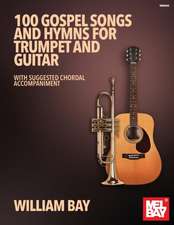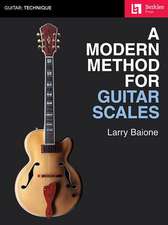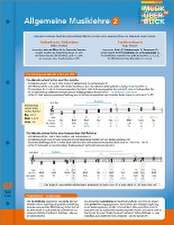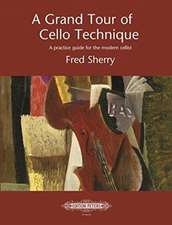Keys to the Drama: Nine Perspectives on Sonata Forms
Editat de Gordon Slyen Limba Engleză Hardback – 28 sep 2009
| Toate formatele și edițiile | Preț | Express |
|---|---|---|
| Paperback (1) | 489.26 lei 6-8 săpt. | |
| Taylor & Francis – 6 mar 2017 | 489.26 lei 6-8 săpt. | |
| Hardback (1) | 1000.27 lei 6-8 săpt. | |
| Taylor & Francis – 28 sep 2009 | 1000.27 lei 6-8 săpt. |
Preț: 1000.27 lei
Preț vechi: 1219.84 lei
-18% Nou
Puncte Express: 1500
Preț estimativ în valută:
191.41€ • 204.67$ • 159.59£
191.41€ • 204.67$ • 159.59£
Carte tipărită la comandă
Livrare economică 17 aprilie-01 mai
Preluare comenzi: 021 569.72.76
Specificații
ISBN-13: 9780754656067
ISBN-10: 0754656063
Pagini: 248
Dimensiuni: 156 x 234 x 16 mm
Greutate: 0.45 kg
Ediția:1
Editura: Taylor & Francis
Colecția Routledge
Locul publicării:Oxford, United Kingdom
ISBN-10: 0754656063
Pagini: 248
Dimensiuni: 156 x 234 x 16 mm
Greutate: 0.45 kg
Ediția:1
Editura: Taylor & Francis
Colecția Routledge
Locul publicării:Oxford, United Kingdom
Notă biografică
Gordon Sly is Associate Professor of Music Theory at the Michigan State University College of Music, USA.
Recenzii
'On the whole the book's essays are informative and well-written; Sly is to be commended for making good on his title's promise of providing nine differing perspectives on sonata form.' Fontes Artis Musicae
Cuprins
Chapter 1 The Divided Tonic in the First Movement of Beethoven’s Op. 132, FrankSamarotto; Chapter 2 Types, Tokens, and Figaro, MatthewShaftel; Chapter 3 Mahler’s Third Symphony and the Dismantling of Sonata Form, WilliamMarvin; Chapter 4 Motivic Design and Coherence in the First Movement of Schubert’s “Arpeggione” Sonata D. 821, EvanJones; Chapter 5 Reading Mozart’s Piano Sonata in D Major (K. 311) First Movement, NeilMinturn; Chapter 6 Design and Structure in Schubert’s Sonata Forms, GordonSly; Chapter 7 On Chopin’s Fourth Ballade, EdwardLaufer; Chapter 8, AlanGosman; Chapter 9 A-Major Events, BrianAlegant;
Descriere
Sonata form is fundamentally a dramatic structure that creates, manipulates, and ultimately satisfies expectation. It engages its audience by inviting prediction, association, and interpretation. That sonata form was the chief vehicle of dramatic instrumental music for nearly 200 years is due to the power, the universality, and the tonal and stylistic adaptability of its conception. This book presents nine studies whose central focus is sonata form. Their diversity attests both to the manifold analytical approaches to which the form responds, and to the vast range of musical possibility within the form's exemplars. At the same time, common compositional issues, analytical methods, and overarching perspectives on the essential nature of the form weave their way through the volume.
























